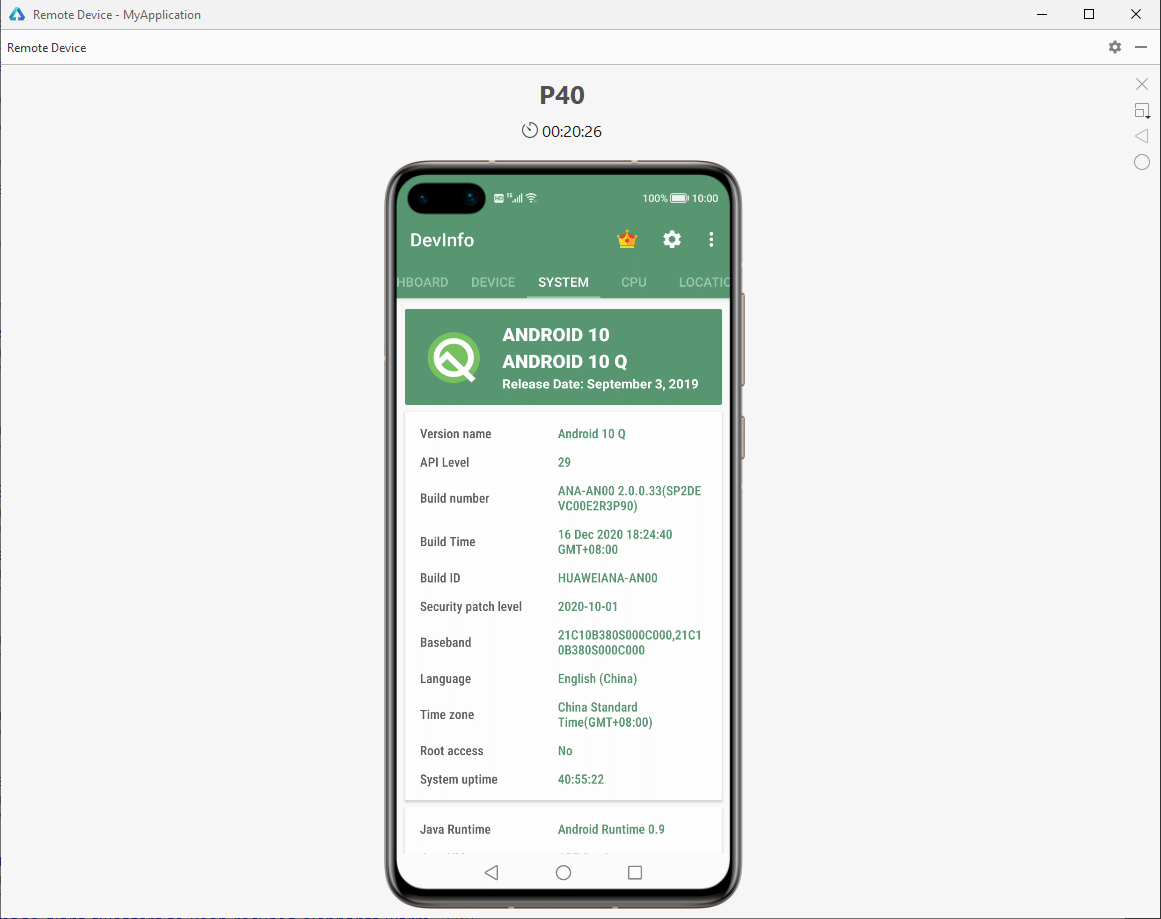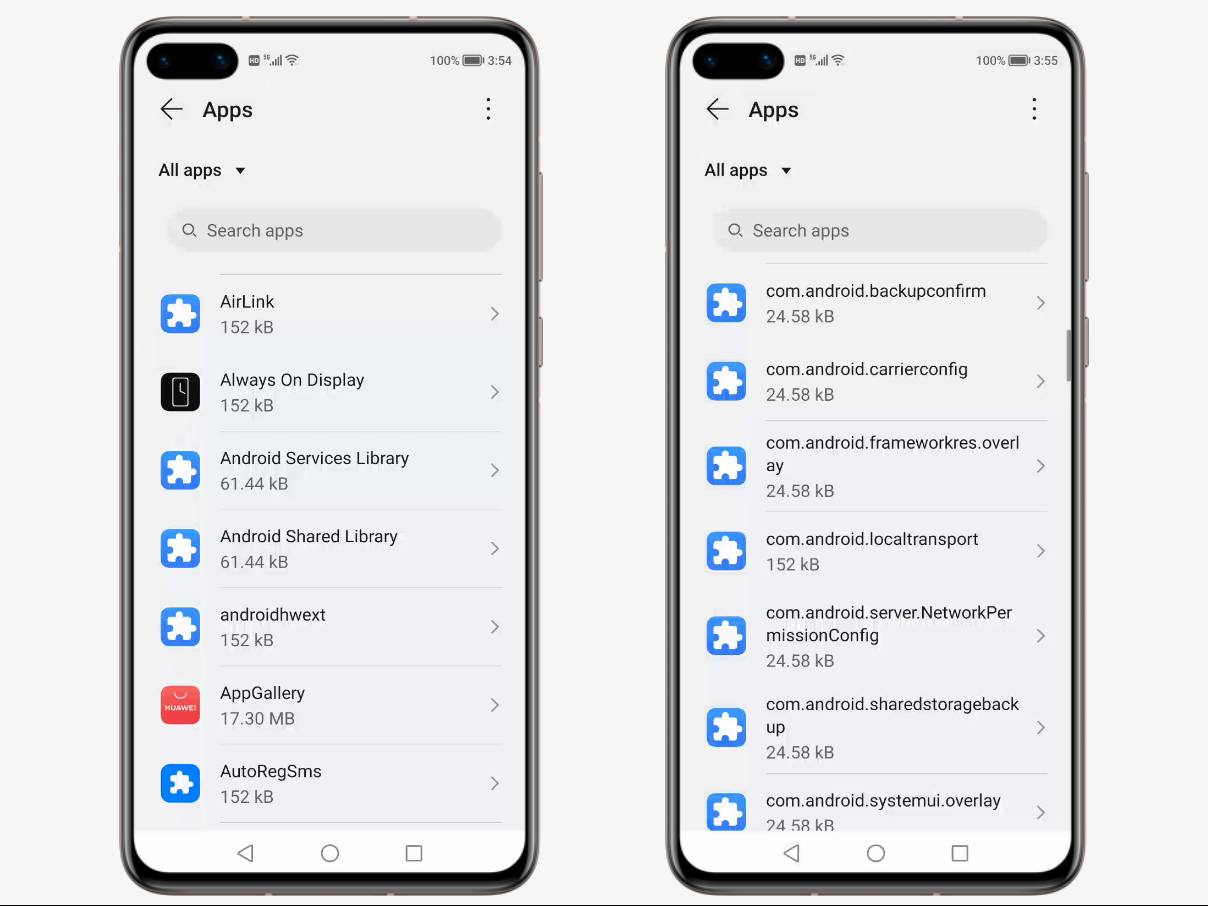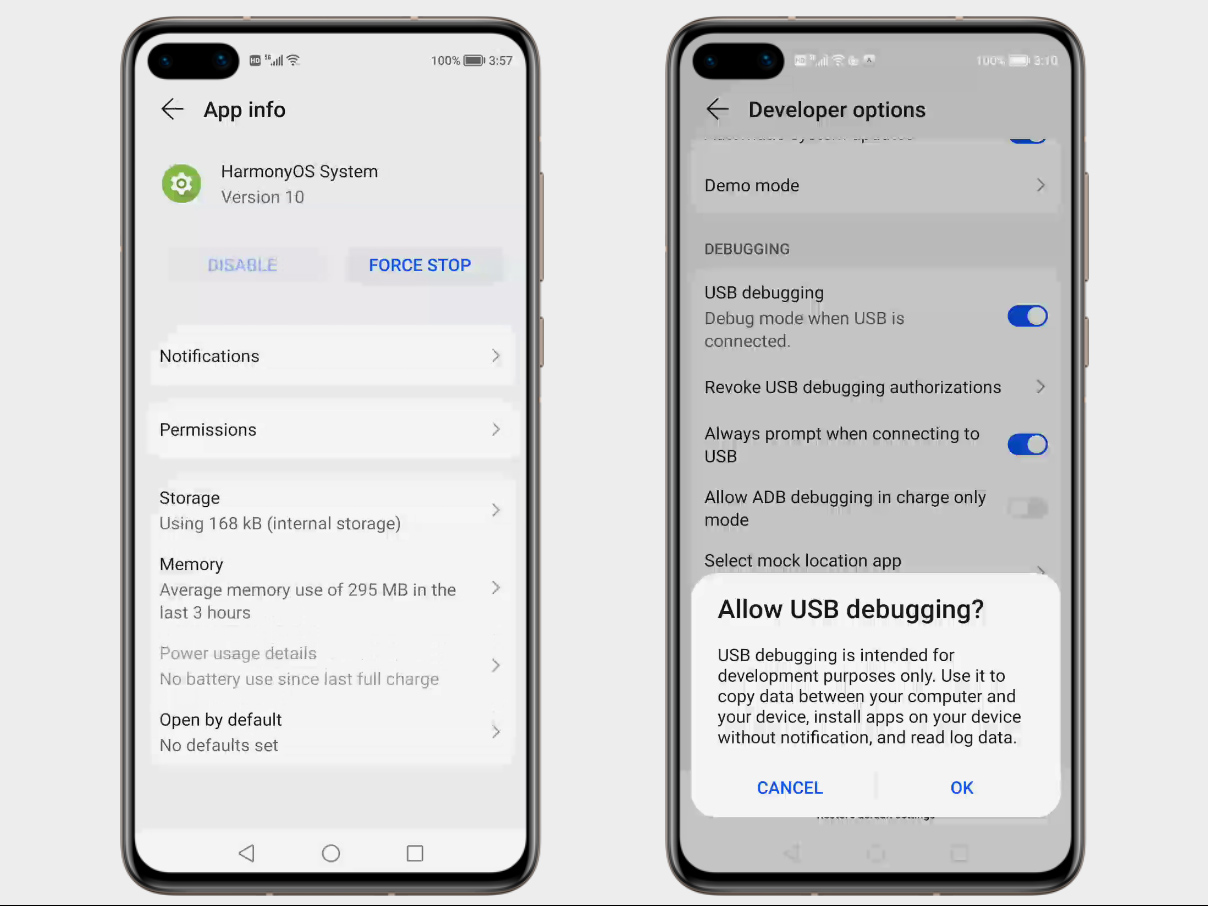what is the core of the new operating system?
When the Chinese company Huawei introduced its operating system a year and a half ago HarmonyOS, which should be designed for her smartphones, so claimed that it was not a copy of Android. But as the portal informs PhoneArena, so this may not be true and maybe the system is even just a modified Android.
The development came after the loss of Google applications
Nearly two years ago, the US Department of Commerce banned the sale of US technology to Huawei. In addition to the loss of a number of component suppliers, the new Huawei smartphones have lost Google certification. This means that they could only use the open version of Android (AOSP) without Google apps and the Google Play store. The Chinese company responded by launching its own AppGallery store and announcing the development of its own system. The first version of HarmonyOS was designed only for smart TVs, but the second can also be used by smartphones and tablets.
At the time of its introduction, the manufacturer claimed that it was not a copy of the Android or iOS system, and was no longer an extension of Android at all. But because HarmonyOS uses an Android application, a lot of people have started to doubt it. They claimed that the system is the Android system at its core, and above it a new graphical interface prepared for various types of devices. Of course, Huawei denied it, but the latest research by experts from the portal ArsTechnica rather, it confirms previous speculations about the HarmonyOS kernel.
HarmonyOS identifies itself as Android 10
Expert Ron Amadeo from the portal Ars Technica has looked closely at the code released by the SDK for HarmonyOS 2.0 and claims that it is literally just renamed Android 10 without Google services. According to him, Huawei only combined the EMUI extension with elements from Android and renamed the name of the system in its individual parts – However, some applications still identify the system in its emulator as Android 10 with API level 29.

In addition, the system’s list of applications is full of applications and libraries from Android. See items in the list as Android Services Library, Android Shared Library, com.Android.systemui.overlay or Androidhwext. Even the information application for HarmonyOS has an icon from Android and is marked as system version 10. So if you have, for example, a commercially available Huawei P40 Pro smartphone with Android 10 and its version with Harmony OS 2.0 next to it, then you won’t know the difference between them.

So Huawei has basically done the same thing that Amazon has been doing with Fire OS for a long time. But at least Amazon has never presented Fire OS as a brand new operating system. Of course, Huawei reacted immediately to the revelation of the ArsTechnica portal and published its opinion, which does not explain many things.

Huawei Opinion
The HarmonyOS operating system, built on Huawei’s distributed technology, is a completely new operating system. It has been designed to uniquely meet all the needs of the future, including connectivity to IoT devices. It can be used across a wide range of devices and at the same time it can be flexibly adapted to different hardware and application parameters.
As HarmonyOS ensures that the relevant open-source rules are strictly adhered to, a large number of third-party open-source resources have been used to accelerate the development of the system, including the Linux operating system.
Although some elements of the user interface from EMUI 11 remain in the current developer beta, HarmonyOS will be launched with a completely new user interface together with the upcoming Huawei smartphones. The beta program for developers is still running, while welcoming any feedback from our developers and partners with whom we bring our visions to life.
Our tip
Valentine’s Day with Huawei: Win smartphones, headphones and other prizes in the AppGallery


